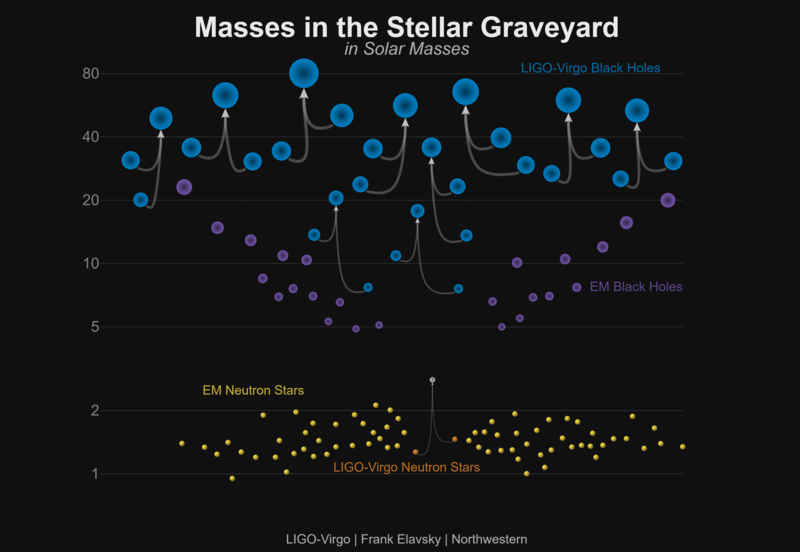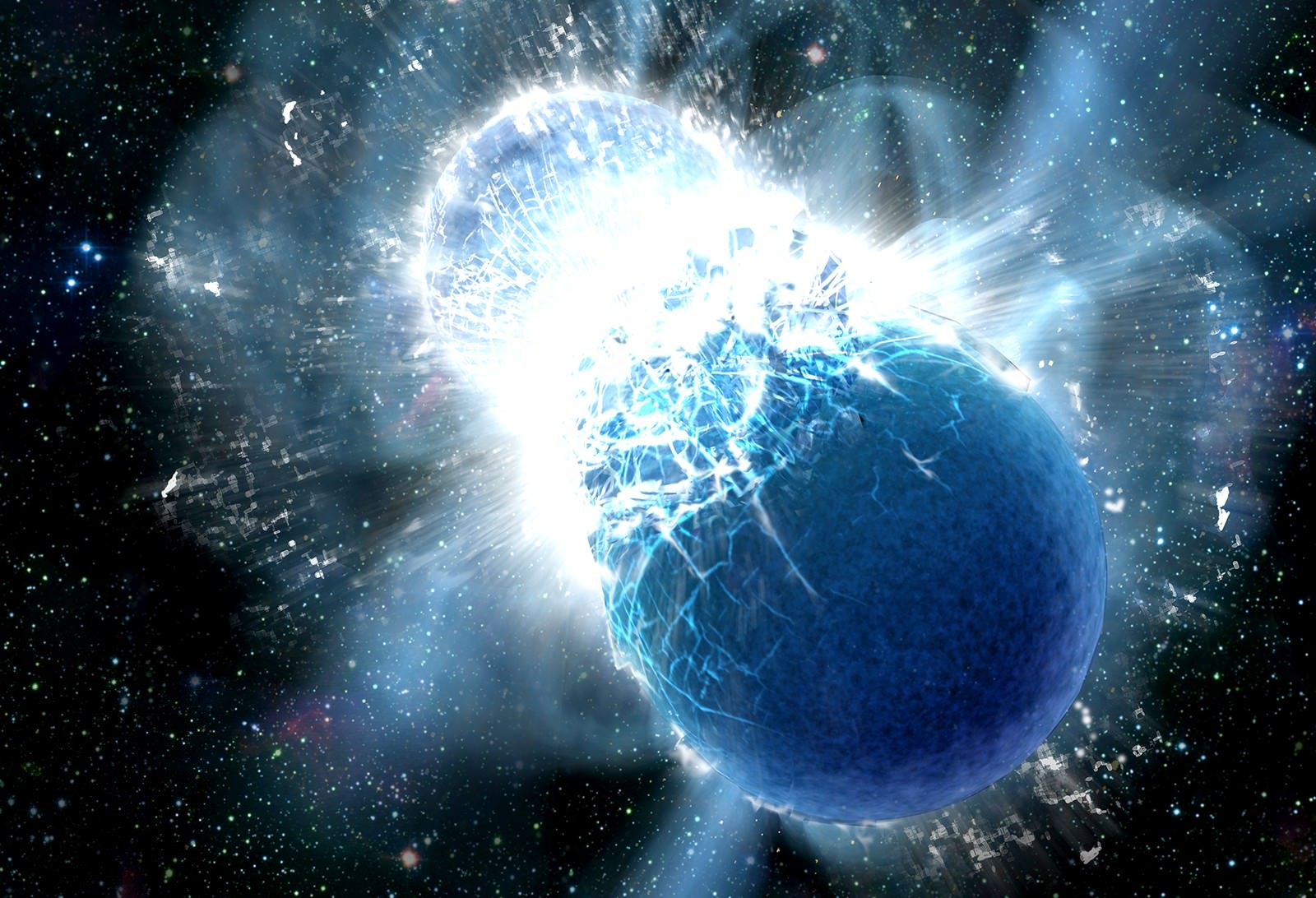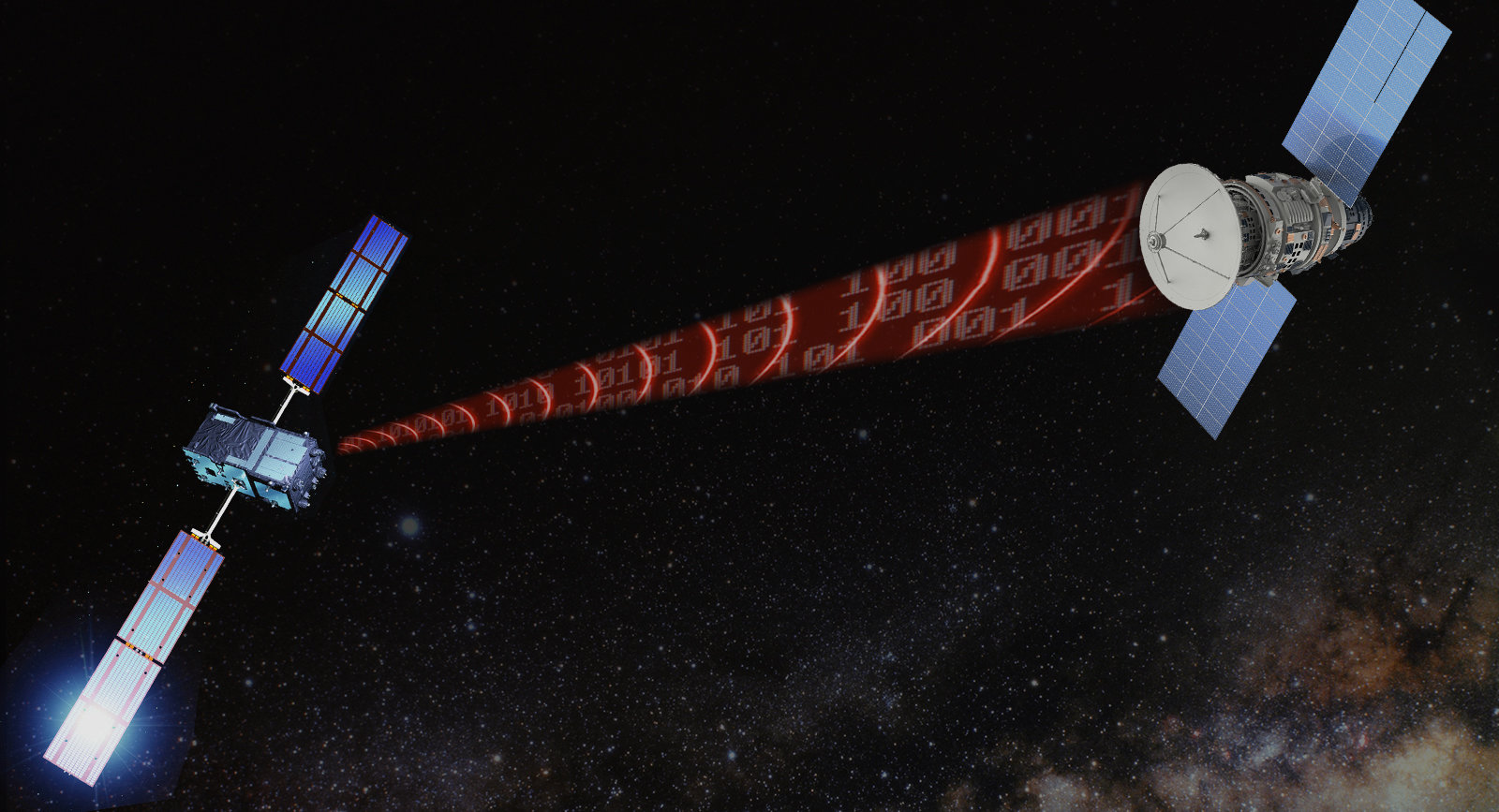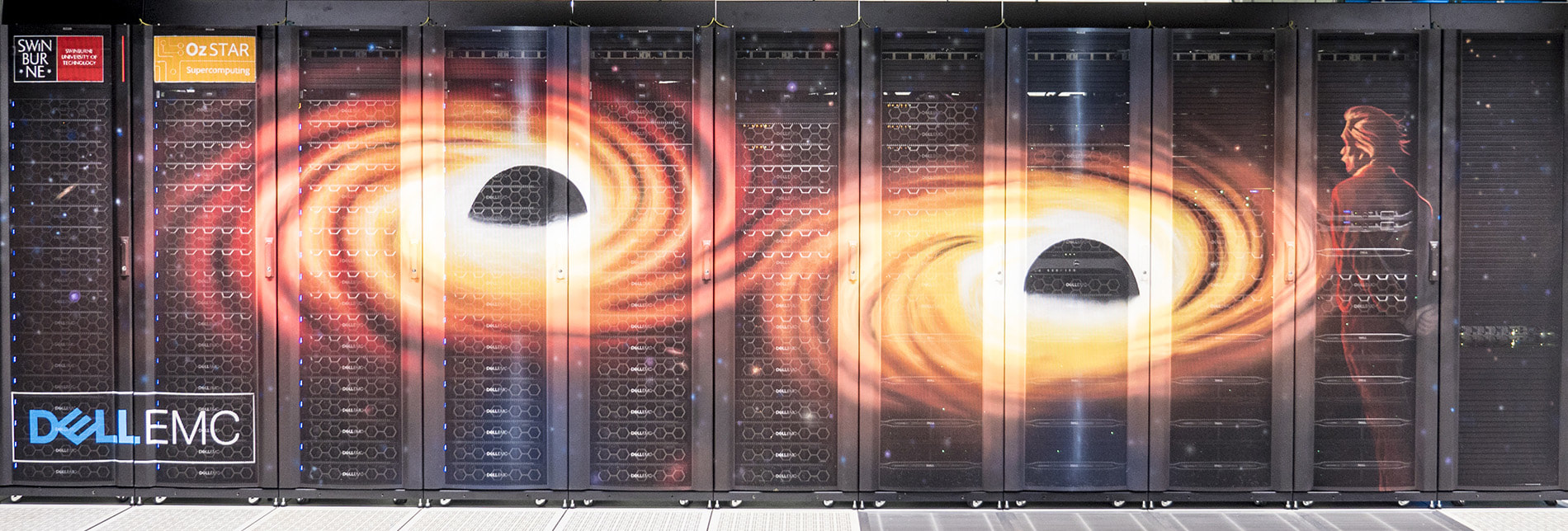The field of astronomy has been revolutionized thanks to the first-ever detection of gravitational waves (GWs). Since the initial detection was made in February of 2016 by scientists at the Laser Interferometer Gravitational-wave Observatory (LIGO), multiple events have been detected. These have provided insight into a phenomenon that was predicted over a century ago by Albert Einstein.
As it turns out, the infrastructure that is used to detect GWs could also help crack another astronomical mystery: Dark Matter! According to a new study by a team of Japanese researchers, laser interferometers could be used to look for Weakly-Interacting Massive Particles (WIMPs), a major candidate particle in the hunt for Dark Matter.
Continue reading “Gravitational Wave Detectors Might be Able to Detect Dark Matter Particles Colliding With Their Mirrors”









